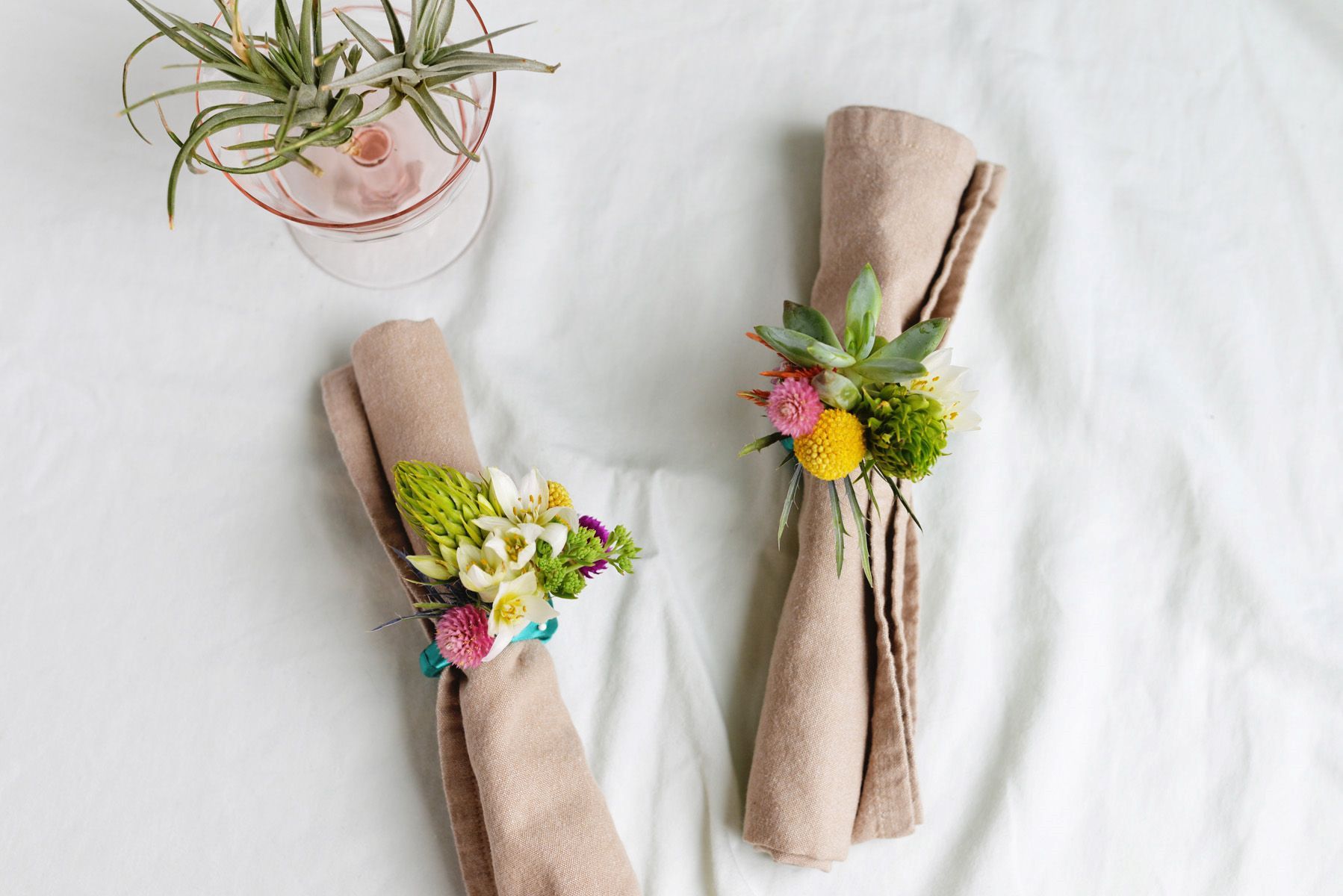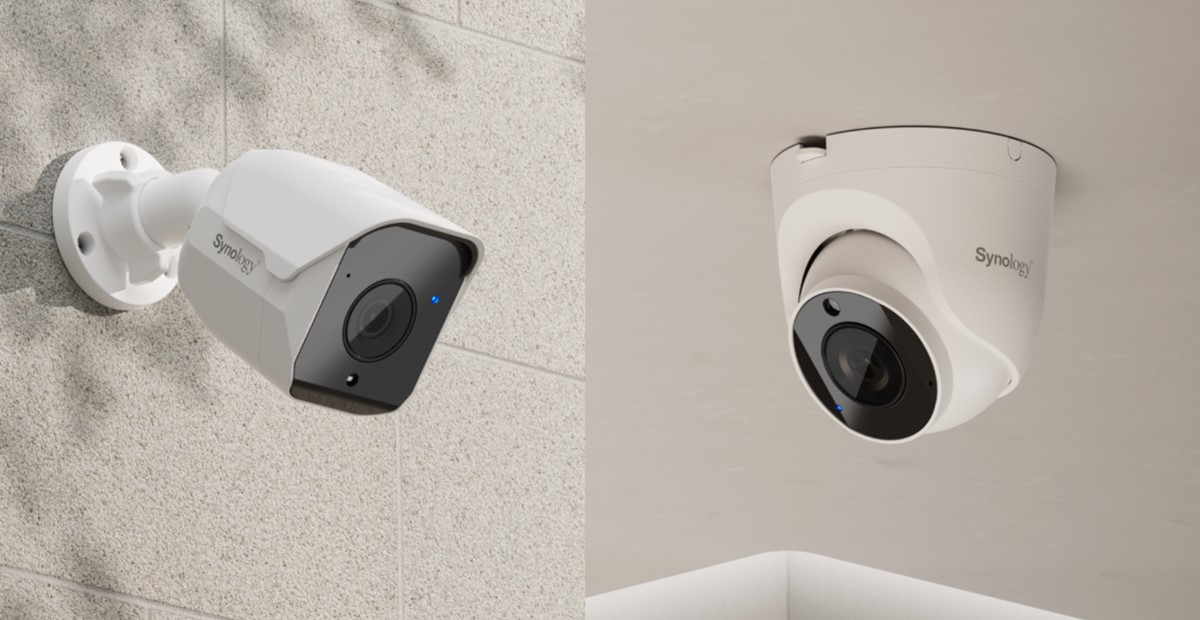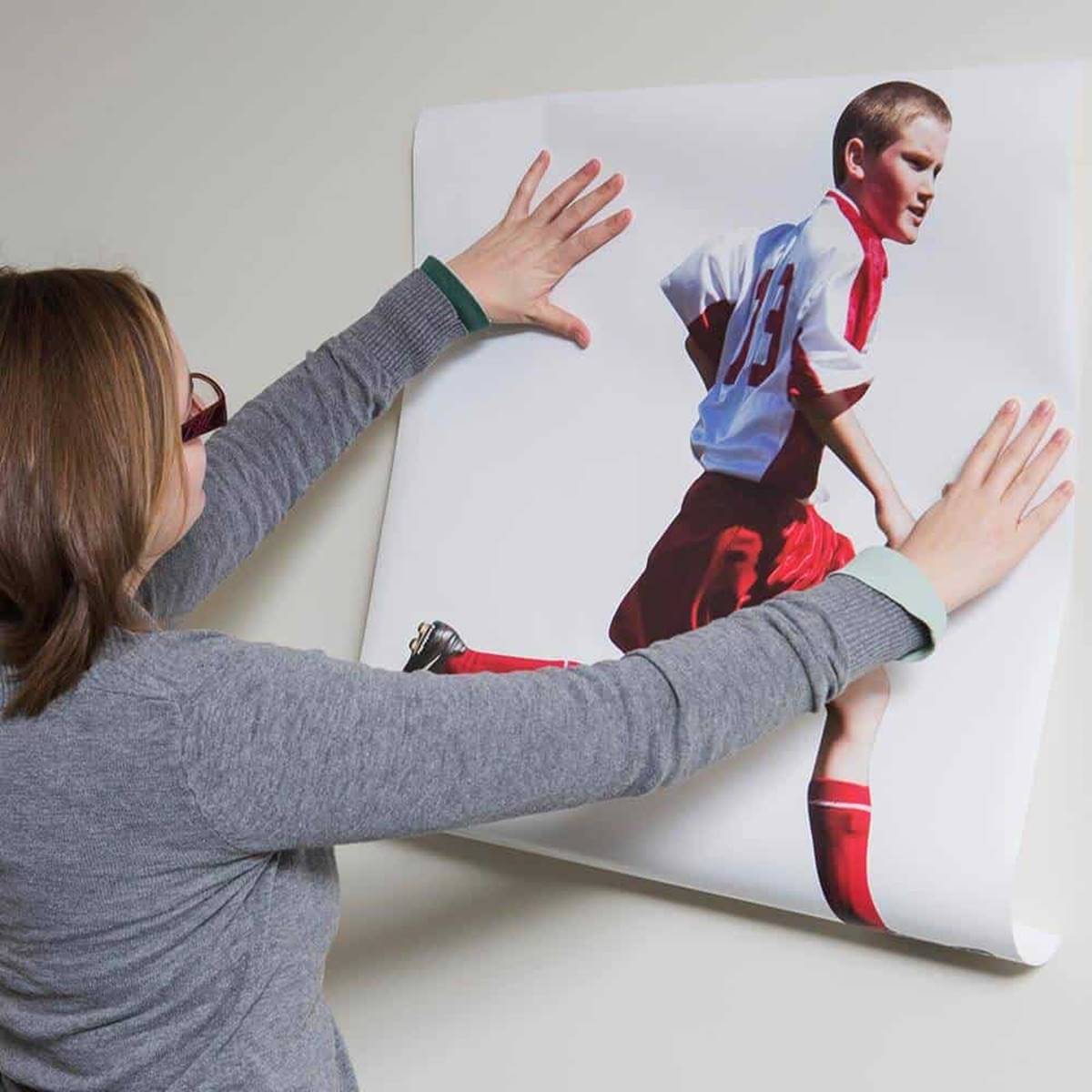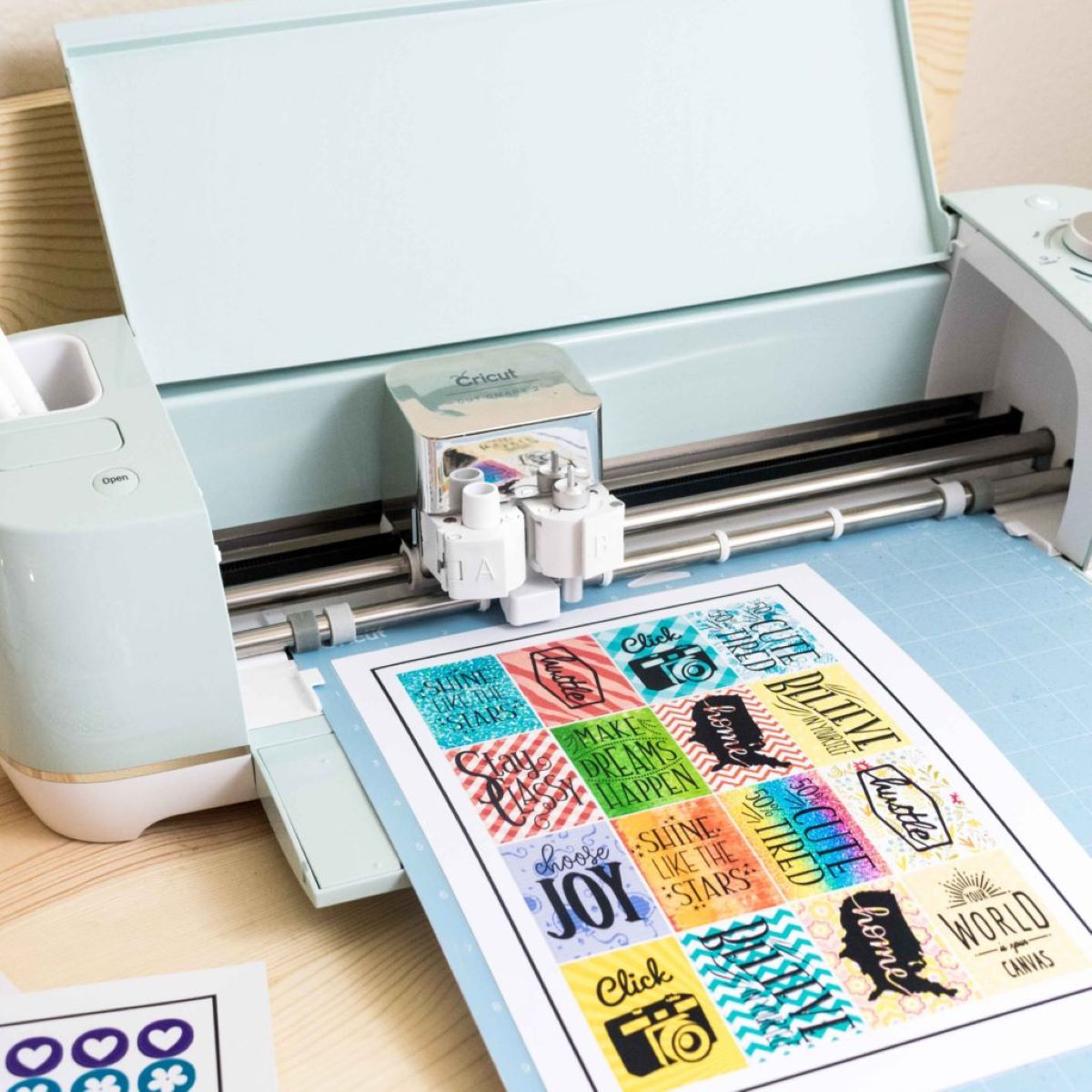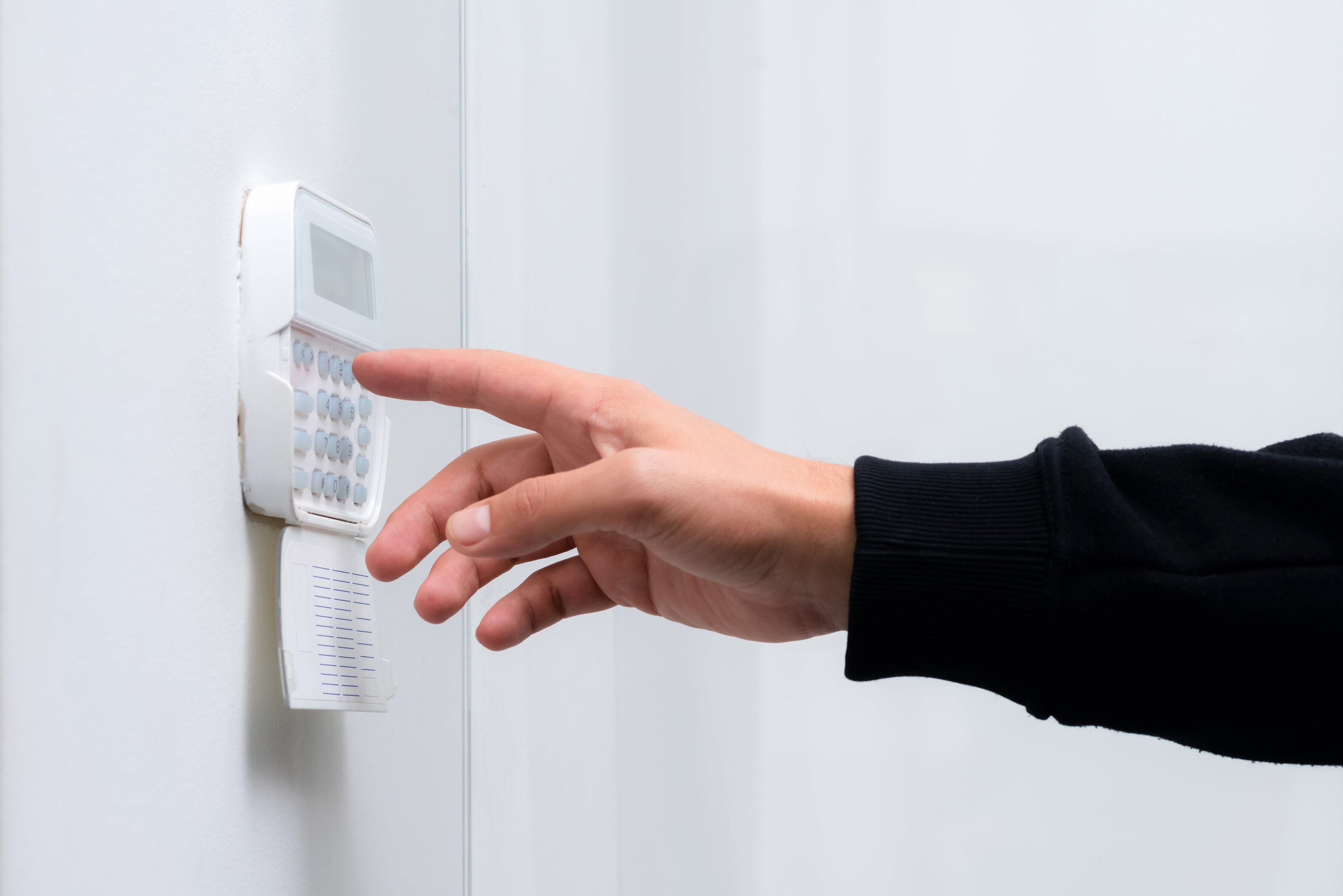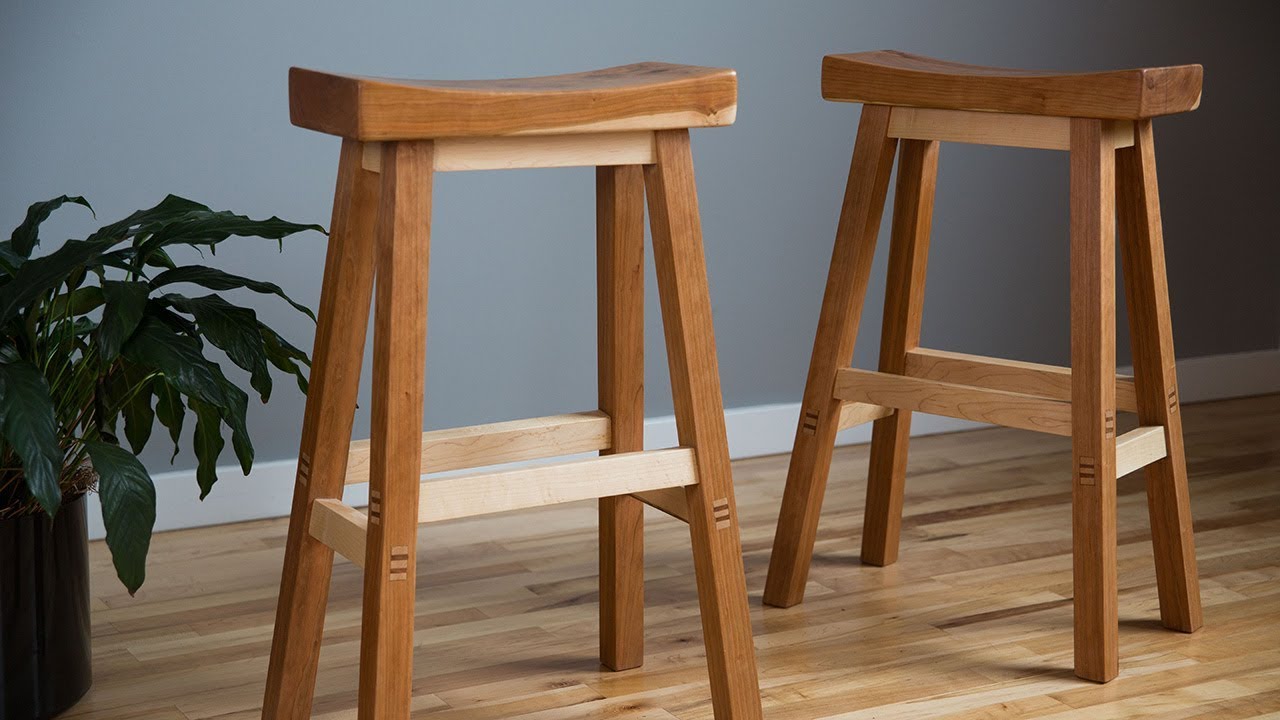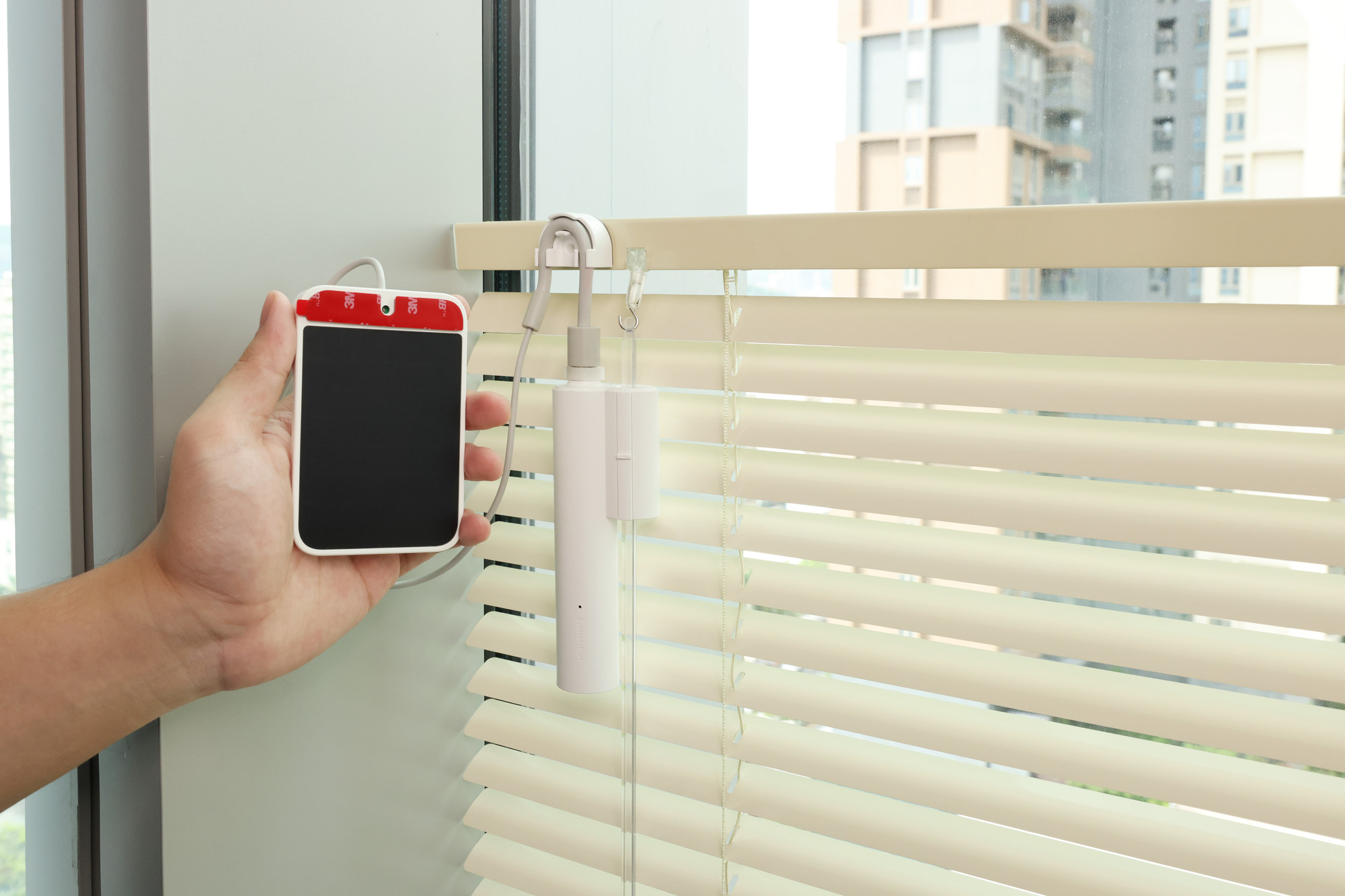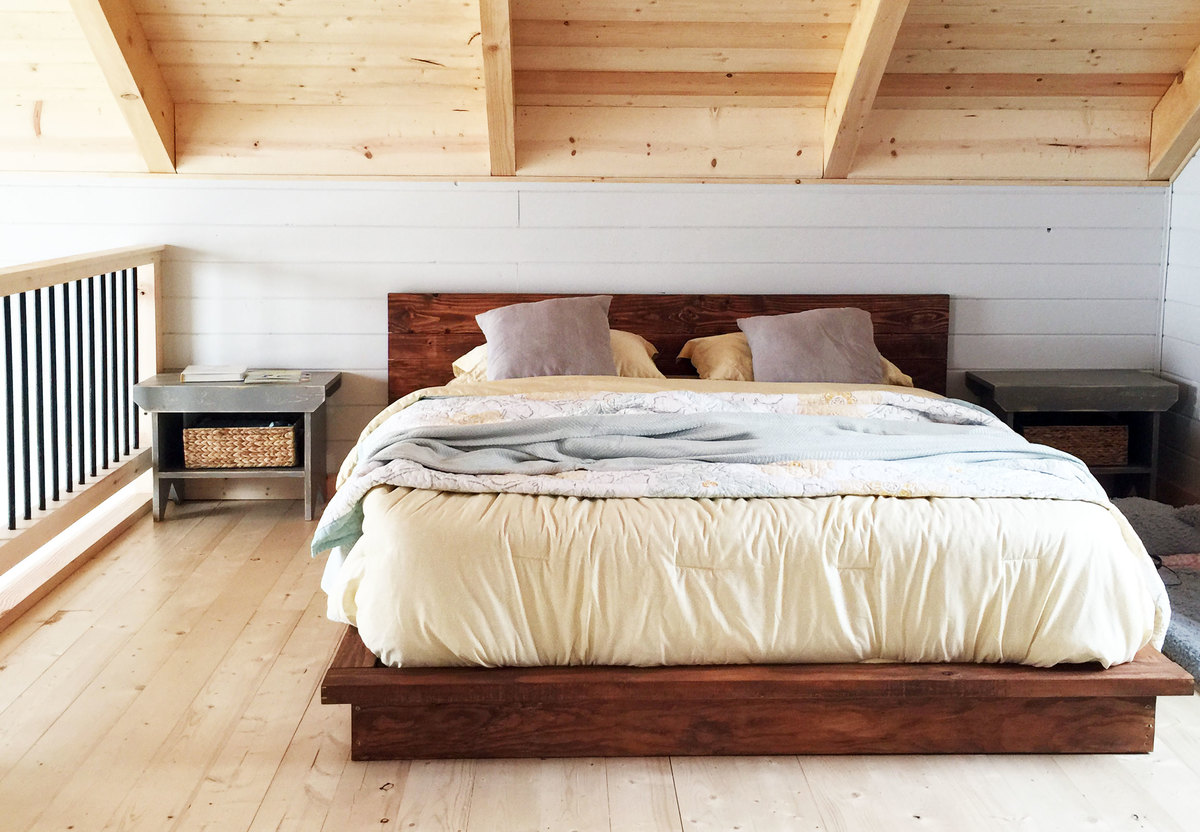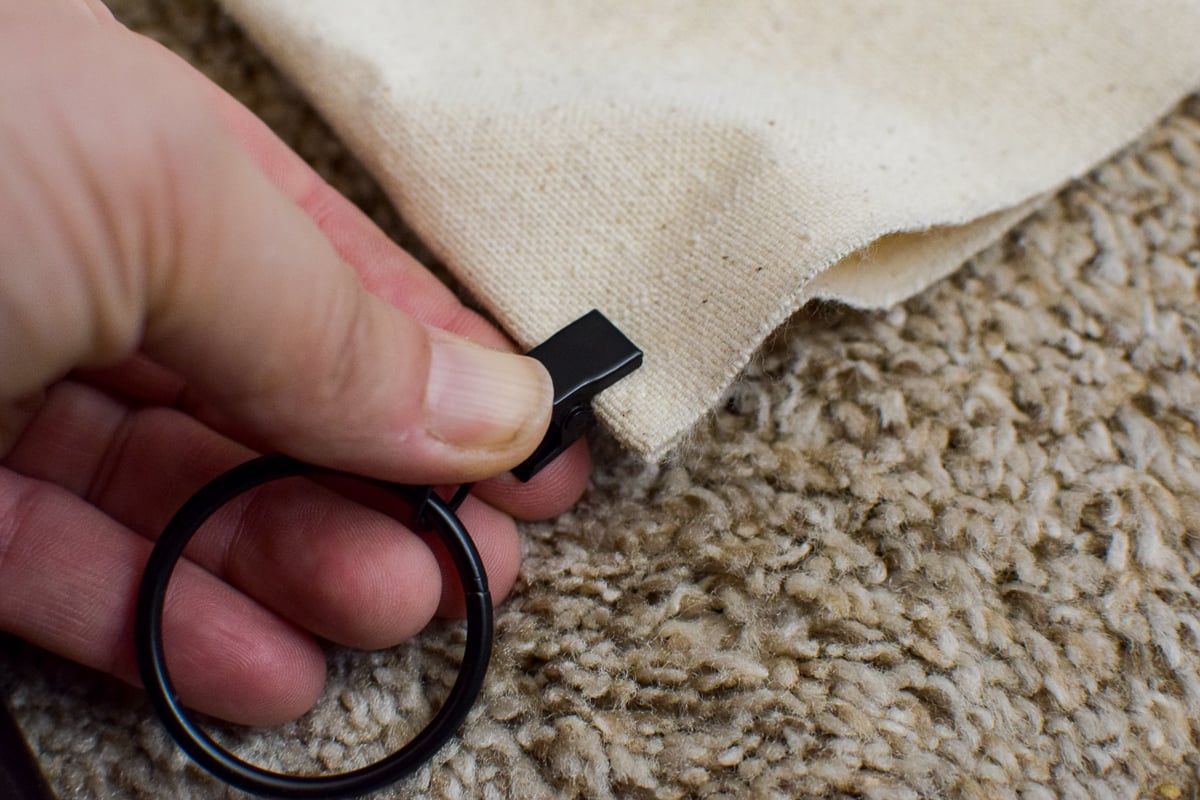

Articles
How To Make Your Own Blinds
Modified: December 7, 2023
Learn how to make your own blinds with our comprehensive articles that provide step-by-step instructions and valuable tips. Start creating your personalized blinds today![160 characters]
(Many of the links in this article redirect to a specific reviewed product. Your purchase of these products through affiliate links helps to generate commission for Storables.com, at no extra cost. Learn more)
Introduction
Blinds are a popular window treatment option that not only provide privacy but also add an aesthetic touch to any room. While there are plenty of pre-made blinds available in the market, making your own blinds allows you to customize them to suit your personal style and the specific dimensions of your windows.
In this article, we will guide you through the process of making your own blinds from scratch. Whether you are a DIY enthusiast or simply looking to save some money, this step-by-step guide will help you create beautiful blinds that perfectly fit your windows.
Before we dive into the process, let’s gather the materials you will need:
- Fabric (preferably a medium-weight fabric suitable for curtains)
- Thread
- Scissors
- Pins
- Measuring tape or ruler
- Sewing machine or needle
- Iron and ironing board
- Curtain rods
- Blind rings or clips (optional)
Key Takeaways:
- Customize your blinds to fit your style and windows by following these step-by-step instructions. Enjoy the satisfaction of creating beautiful, functional blinds that reflect your personal touch.
- Embrace the benefits of privacy, light control, and aesthetic appeal with your homemade blinds. Add extra functionality with blind rings or clips for enhanced control over light and privacy.
Read more: How To Make Your Own Mattress
Step 1: Gather Materials
The first step in making your own blinds is to gather all the necessary materials. Here’s a list of items you will need:
- Fabric: Choose a medium-weight fabric that is suitable for curtains. You can pick a fabric that matches your room’s decor or opt for a contrasting color or pattern to make a statement.
- Thread: Select a thread color that matches or complements your fabric.
- Scissors: A good pair of fabric scissors will make it easier to cut the fabric neatly.
- Pins: Use pins to hold the fabric in place while sewing.
- Measuring tape or ruler: Accurate measurements are crucial for blinds that fit perfectly, so make sure you have a measuring tape or ruler handy.
- Sewing machine or needle: A sewing machine will save you time and make the process faster, but if you don’t have one, you can sew by hand using a needle and thread.
- Iron and ironing board: Ironing the fabric helps to remove creases and ensures a clean finished look.
- Curtain rods: You will need curtain rods to hang the blinds. Choose a style and size that best suits your window.
- Blind rings or clips (optional): If you want to add extra functionality to your blinds, you can use blind rings or clips to easily adjust the height of the blinds.
Once you have gathered all the necessary materials, you are ready to move on to the next step.
Step 2: Measure and Cut the Fabric
Now that you have all the materials ready, it’s time to measure and cut the fabric for your blinds. Follow these steps:
- Measure your window: Start by measuring the width and height of your window. It’s essential to measure both the inside of the window frame for an inside mount or the outside of the frame for an outside mount. Note down these measurements.
- Add allowances: To ensure that the blinds cover the entire window when hung, add allowances to your measurements. For an inside mount, deduct about 1/4 inch from the width measurement and 1/2 inch from the height measurement. For an outside mount, add about 4 inches to the width measurement and 8 inches to the height measurement. These measurements will allow the blinds to overlap the window frame and provide sufficient coverage.
- Mark and cut the fabric: Lay the fabric flat on a clean and spacious surface. Use your measurements to mark the dimensions on the fabric using a ruler or measuring tape. Ensure that your markings are straight and accurate. Once marked, use a pair of fabric scissors to carefully cut along the lines. Take your time to ensure clean cuts.
- Double-check the measurements: After cutting the fabric, double-check the measurements to ensure accuracy. This step is crucial to avoid any errors that could affect the overall fit of the blinds.
Remember, it’s always better to measure twice and cut once to avoid any wastage or incorrect sizes. Once you have measured and cut the fabric correctly, you can move on to the next step: hemming the edges.
Step 3: Hem the Edges
After cutting the fabric to the desired size, the next step is to hem the edges. Hemming the edges will give your blinds a neat and professional finish. Follow these steps to hem the edges of your fabric:
- Prepare your sewing machine: If you’re using a sewing machine, set it up according to the fabric type and thread your machine with a matching thread color. If you’re sewing by hand, thread your needle with the thread.
- Fold and press the fabric: Start by folding over one edge of the fabric about 1/4 inch towards the wrong side (the side of the fabric that won’t be visible when the blinds are hung). Use an iron to press the fold, making it crisp and easier to sew.
- Create a double fold: After pressing the first fold, fold the edge over again, this time about 1 inch. This will create a double fold, ensuring that the raw edge is completely concealed. Press the second fold with the iron as well.
- Pin and sew the hem: Use pins to secure the double fold in place. Pinning will prevent the fabric from shifting while sewing. If you’re using a sewing machine, sew along the edge of the double fold, about 1/8 inch from the folded edge. If you’re sewing by hand, use a hemstitch or slip stitch to sew the hem securely.
- Repeat for all edges: Repeat the folding, pressing, pinning, and sewing process for all the remaining edges of the fabric. Ensure that all edges are hemmed uniformly to maintain a consistent look.
Once you have hemmed all the edges, your fabric is now ready for the next step: attaching the top rod pocket.
Step 4: Attach the Top Rod Pocket
Attaching the top rod pocket is an essential step in making your own blinds. The rod pocket allows you to insert the curtain rod, which will hold the blinds in place. Follow these steps to attach the top rod pocket:
- Measure the rod pocket height: Decide how much space you want to leave at the top of the blinds for the rod pocket. Typically, a rod pocket height of 2-3 inches works well. Measure and mark this height on the wrong side of the fabric.
- Fold and press the fabric: Fold the top edge of the fabric towards the wrong side, using the mark as a guide for the fold. Press the fold with an iron to make it crisp and easier to sew.
- Sew the rod pocket: Use your sewing machine or needle and thread to sew a straight stitch along the folded edge of the fabric, about 1/4 inch from the edge. This will create a channel for the curtain rod to slide through. Ensure that you leave both ends of the rod pocket open.
- Double-check the rod pocket size: After sewing, double-check the size and width of the rod pocket to ensure it can accommodate your chosen curtain rod. Adjust if necessary.
Attaching the top rod pocket is an important step in the construction of your blinds. Once completed, you can move on to the next step: attaching the bottom rod pocket.
When measuring for your blinds, always use a metal tape measure for accuracy. Avoid using a cloth or plastic tape measure as they can stretch and give you incorrect measurements.
Read more: How To Make Your Own Tool Box
Step 5: Attach the Bottom Rod Pocket
Attaching the bottom rod pocket adds stability and weight to the bottom of the blinds, helping them hang straight and preventing them from swinging or blowing in the wind. Follow these steps to attach the bottom rod pocket:
- Measure the bottom rod pocket height: Decide how much space you want to leave at the bottom of the blinds for the rod pocket. A height of 1-2 inches is usually sufficient. Measure and mark this height on the wrong side of the fabric.
- Fold and press the fabric: Fold the bottom edge of the fabric towards the wrong side, using the mark as a guide for the fold. Press the fold with an iron to make it crisp and easier to sew.
- Sew the rod pocket: Use your sewing machine or needle and thread to sew a straight stitch along the folded edge of the fabric, about 1/4 inch from the edge. Leave both ends of the rod pocket open, just like the top rod pocket.
- Check the rod pocket size: Double-check that the bottom rod pocket is the correct size and width to accommodate your chosen curtain rod. Make any adjustments if necessary.
By attaching the bottom rod pocket, you ensure that your blinds hang evenly and maintain their shape. Once the bottom rod pocket is securely in place, you’re ready for the next step: inserting the rods.
Step 6: Insert the Rods
Inserting the rods into the rod pockets is the next step in completing your homemade blinds. The rods provide structure and support to the blinds, allowing them to hang neatly. Follow these steps to insert the rods:
- Prepare the curtain rods: Make sure your curtain rods are clean and free from any loose parts. If your rods come in multiple sections, assemble them according to the manufacturer’s instructions.
- Insert the top rod: Slide the top rod through the rod pocket at the top of the blinds. Ensure that the rod is positioned evenly and rests securely within the pocket.
- Insert the bottom rod: Slide the bottom rod through the rod pocket at the bottom of the blinds. This rod will provide weight and stability to the blinds.
- Adjust the rods if necessary: Once the rods are inserted, check that they are positioned correctly and the blinds hang evenly. If needed, make slight adjustments to ensure they are straight and aligned.
By inserting the rods, you bring your blinds one step closer to completion. The rods provide the necessary structure for your blinds to function properly. Now that the rods are in place, you’re ready for the next step: hanging the blinds.
Step 7: Hang the Blinds
Hanging your homemade blinds is an exciting moment as it brings your hard work to life and transforms your windows. Follow these steps to hang the blinds:
- Choose the right mounting method: Determine whether you will be mounting the blinds inside the window frame (inside mount) or on the wall above the window (outside mount). The mounting method will depend on your preference and the window’s design.
- Install the brackets: If you’re opting for an inside mount, install the brackets securely within the window frame, following the manufacturer’s instructions. For an outside mount, position the brackets on the wall above the window, ensuring they are level and evenly spaced.
- Attach the blinds to the brackets: With the brackets in place, carefully lift the blinds and hook them onto the brackets. Make sure the blinds sit securely and are aligned with the window or wall.
- Test the blinds: Once the blinds are attached to the brackets, test their functionality. Gently raise and lower the blinds to ensure they move smoothly and are properly aligned.
- Make any necessary adjustments: If the blinds are not hanging straight or are uneven, make any necessary adjustments to ensure they are properly aligned and level.
Now that your homemade blinds are securely hung and functioning, you’re almost done! The final step is to adjust and enjoy your newly created window treatment.
Step 8: Adjust and Enjoy
Congratulations! You have successfully made and hung your own blinds. Now it’s time to adjust and enjoy the final result. Follow these steps to make any necessary adjustments and fully appreciate your homemade blinds:
- Check for any unevenness: Stand back and carefully inspect your blinds for any unevenness or misalignment. If you notice any issues, gently adjust the blinds by manually straightening them or readjusting the brackets.
- Ensure smooth operation: Test the blinds by raising and lowering them to ensure they move smoothly without any friction or resistance. If you encounter any difficulties, inspect the cords or mechanisms and make any necessary adjustments or repairs.
- Consider additional functionality: If you want to enhance the functionality of your blinds, you can add blind rings or clips. These accessories allow you to easily adjust the height of the blinds and provide more control over light and privacy.
- Admire your handiwork: Step back and take a moment to appreciate your homemade blinds. Admire how they transform the look and feel of your windows and enhance the overall ambiance of the room.
- Enjoy the benefits: Embrace the privacy, light control, and aesthetic appeal that your homemade blinds bring to your space. Allow yourself to fully enjoy the benefits of your DIY endeavor.
Remember, if you ever need to clean or maintain your blinds, refer to the manufacturer’s instructions or consult a professional for the best practices.
Making your own blinds not only allows you to customize your window treatments but also gives you a sense of accomplishment and satisfaction. By following these steps, you have successfully created functional and beautiful blinds that reflect your personal style. Well done!
Frequently Asked Questions about How To Make Your Own Blinds
Was this page helpful?
At Storables.com, we guarantee accurate and reliable information. Our content, validated by Expert Board Contributors, is crafted following stringent Editorial Policies. We're committed to providing you with well-researched, expert-backed insights for all your informational needs.
